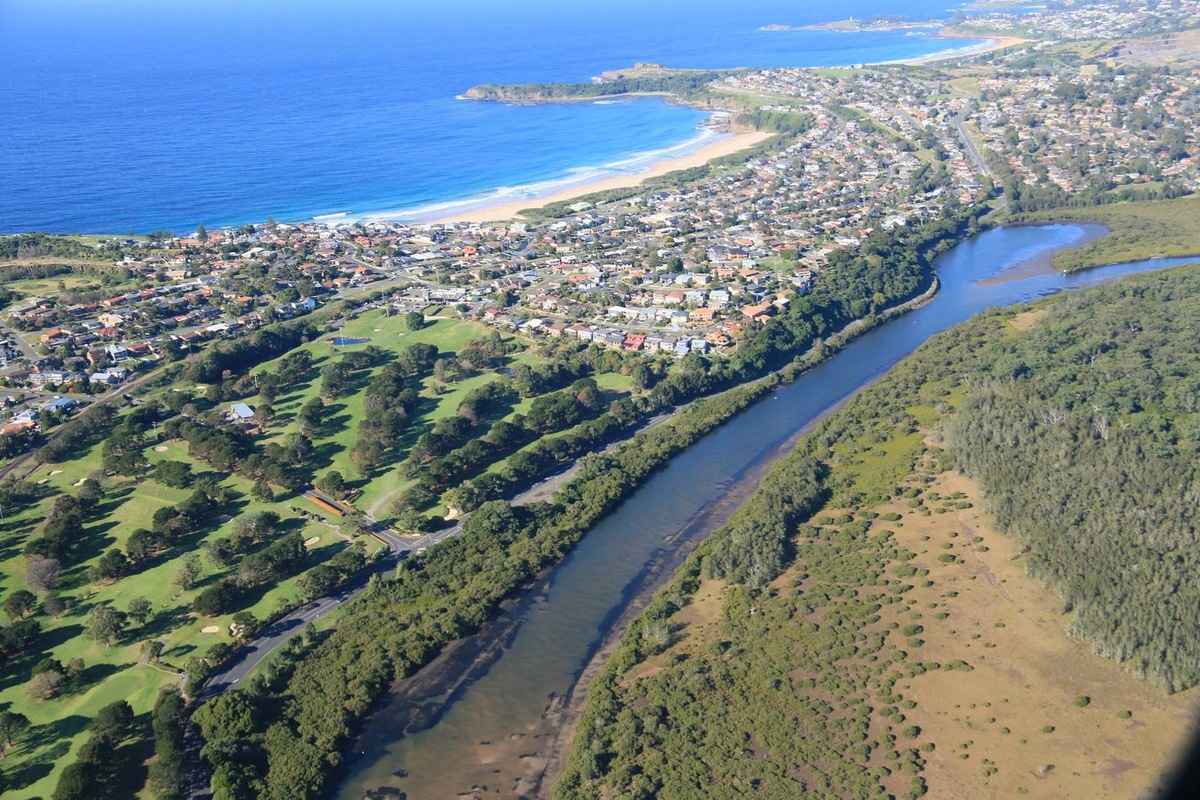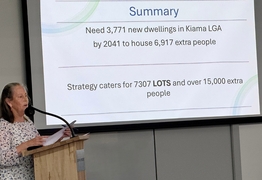Is Kiama Council walking its talk on Minnamurra River protection?
Lynne Strong
03 May 2025, 8:00 PM
 Minnamurra River. Photo Credit: Cliff Mason
Minnamurra River. Photo Credit: Cliff Mason Opinion
A motion to protect the Minnamurra River is testing whether Kiama Municipal Council’s governance reforms have real bite, or just better branding.
At first glance, the Strategic Finance and Governance Improvement Plan (SFGIP), adopted in response to a state-imposed Performance Improvement Order, is full of promises, better systems, improved accountability and streamlined decision-making.
It is the kind of plan that comes with charts, timelines, and a digital dashboard called Pulse.
But at the last Council meeting, the real test of those reforms came from outside the official agenda, through a public access presentation by Minnamurra Progress Association spokesperson Jacqui Forst.
Speaking in support of Councillor Melinda Lawton’s motion to undertake a full environmental assessment before a possible relocation of the Council depot near the Minnamurra River, Forst offered more than advocacy.
She offered a mirror, asking whether a Council promising high governance standards can justify self-assessment under outdated legislation.
CEO Jane Stroud's written response to Cr Lawton’s motion confirmed that a self-assessment under Part 5 of the Environmental Planning and Assessment Act 1979 would be carried out and stressed that the project was already being managed within Council’s new internal framework, the very one established by the SFGIP.
In other words, trust the process.
But Forst gently challenged that trust, pointing out that 1979-era assumptions about rivers as “dumping sites” no longer meet modern community standards or expectations.
Her call includes quadruple bottom line reporting, economic, environmental, social, and cultural costs, in the assessment process, and collaborating with Shellharbour Council to create a joint strategy for the catchment.
This is not the first time the CEO’s approach to transparency has raised concerns.
In her Item 13.1 progress update on the Performance Improvement Order (PIO), Stroud noted the governance plan was “operational in nature” and therefore did not require community feedback.
But this distinction, as the river debate shows, is exactly what troubles residents - decisions made under the banner of “operations” still affect public land, natural resources, and community amenities.
Whether it is selling aged-care facilities or moving a depot near a fragile river ecosystem, these decisions are lived, not abstract.
Tellingly, the PIO progress report flags a quiet risk, that councillors might “make new commitments beyond capacity.”
In plain terms, it is a warning against councillors overstepping.
But it also raises a deeper issue - are elected representatives being empowered to lead, or managed into silence under the guise of reform?
Cr Lawton’s motion, and Forst’s evidence-backed support, suggest that community leaders are still trying to ensure environmental integrity is not sidelined by financial convenience.
The test is not whether the system can absorb such motions. It is whether it can act on them.
Just months after finalising the Blue Haven Bonaira sale and launching a new digital governance tool, Council is now facing a different kind of audit, not by the Office of Local Government, but by residents who are asking what does improvement actually look like?
As Jacqui Forst put it, “Safe and inclusive discussions are essential in this time of change.” So is listening.
NEWS




